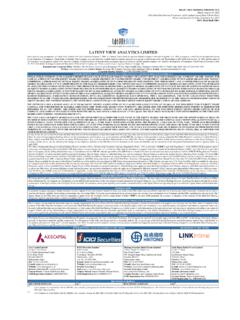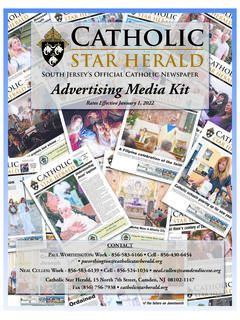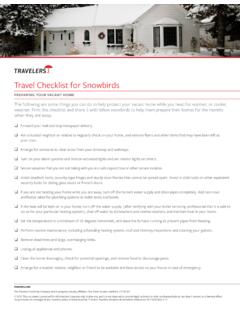Transcription of Honesty - Charlotte-Mecklenburg Schools
1 Honesty Pre-teach: Greet the students and briefly review the traits you have discussed on your previous visits. Tell the students that today you will be discussing the trait Honesty . Ask the following questions and call on different students for answers. Below each question are examples of the type of responses you are looking for. You may need to rephrase the student s answers or guide them along. (Ask) What does Honesty mean? 1. To be truthful 2. To not lie, cheat, or steal. (Ask) Why is Honesty important? 1. Honest people are trustworthy, dependable, and respected by others.
2 2. It is the right thing to do. It feels good. 3. Telling the truth lets everyone know what happened and keeps the wrong person from being blamed for something they didn t do. (Ask) What are the consequences of dishonesty? 1. Losing the trust and respect of others. 2. The need to tell more lies in order to cover up. 3. You may face punishment and embarrassment. Ask) What are the qualities of an honest person? 1. Tells the truth, regardless of the consequence. 2. Admits when he or she is wrong. 3. Does not cheat or steal. 4. Does not exaggerate to make things seem different than they are.
3 5. Keeps promises and encourages others to be truthful. Book: Read and discuss a book that teaches a lesson about Honesty . (Book suggestions attached) (Ask) How can you demonstrate the trait Honesty in the following situations? 1. The cashier only charges you for two candy bars when you really bought three. 2. You find a $10 bill in the hallway at school or in the sofa seat cushion at home. 3. A friend asks if he can copy your answers during a test. 4. You promised your mom or dad you would clean your room, but you watched TV instead. 5. You borrowed your friend's skateboard and lost it.
4 6. At the store, you see one of your friends put something in her pocket without paying for it. 7. You think no one will notice if you take two cookies from the tray when the sign says "One cookie per person." 8. The rule states that you must be 8 years old to play. Who will know that you're only 7 years old? Activity: Complete an activity to go along with your lesson. (Activity suggestions attached) Concluding comment: Always tell the truth - it's the right thing to do. Your family and friends will respect you for it. (Pass out Honesty bookmarks.)
5 Bookmarks attached. Make copies as needed.) Honesty is always the best policy ~George Washington Honesty Activities Oh, What A Tangled Web We Weave! (Suggested for grades 2 -5) Materials: Ball of yarn Arrange ahead of time to have your child or another student help you with this demonstration. Secretly ask the child to give false answers to each question that you ask. This will begin after he/she has taken a seat in a chair front of the class. Have your child come up and take a seat in a chair in front of the class.
6 Next, ask your seated child a simple question such as, "Why didn't you get your homework done for today?" As she answers with a lie, such as the dog ate my homework, wrap a long string of yarn around her once. Then ask a follow-up question based on her reply, such as "How did the dog get your homework? As she makes up another answer, wrap the yarn around her again. Continue to ask follow-up questions until she is entangled in a web of yarn. After the class has observed the situation, explain that you asked this person to make up answers to all your questions (to lie).
7 Discuss the following with the class: 1. Ask them if they can see what telling lies can do to someone. Emphasize how one lie usually leads to another and how quickly we can become trapped and embarrassed by lies. 2. Ask them what will be experienced by the person who always tells the truth (not having to remember what your last lie was or how to cover it up, peace of mind, and feeling good about oneself.) 3. Ask the students to tell about a time when they were caught in a lie and had to tell another lie in order to cover it up.
8 4. Ask why it is important for us to always tell the truth (trust, respect, because it's the right thing to do.) (10-Minute Life Lesson , by Jaime Miller) The Honest Mouth (Suggested for all grades) Materials: Black licorice Ask the students if anyone knows what happens when you eat black licorice? (Put a piece in your mouth. You may want to put extra black food coloring on your piece before visiting the classroom; this will enhance the effect.) A mouth that has eaten black licorice turns black. (After chewing, open your mouth to show the result.)
9 Yuck! Not only does your tongue look horrible, but soon your teeth and even your lips get black. It takes a long time before your mouth returns to its normal color. Dishonesty has a lasting effect on you, just like the black licorice. Like the licorice leaves our mouths black for a long time, we can see the results of telling lies long after we've told them. Others will lose their trust in us, privileges will be taken away, and friendships will be lost. Telling lies will leave a black ugly mark on you--just like the black licorice.
10 Remember: It's always best to be honest and true, don't let the stain of dishonesty leave its mark on you. (Object Talks For Any Day , V. Kokmeyer) The Tower of Flour (Suggested for all grades) Materials: Flour, dime, hard plastic cup, newspaper , butter knife, paper plate Begin by spreading newspaper on a table. Place the dime in the center of the bottom of the plastic cup. Scoop flour into the glass. Pile it to the brim and press down firmly to make it compact. Place the paper plate on top of the glass and turn them over together on the newspaper .


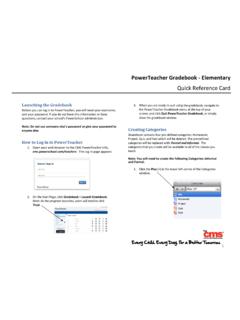

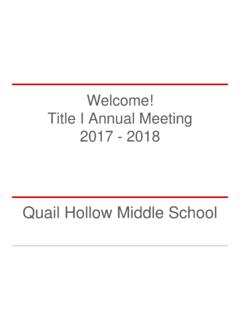
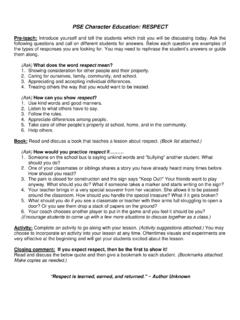


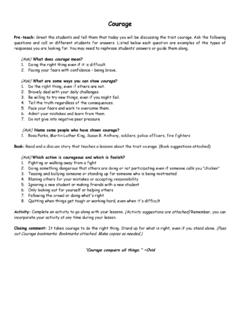
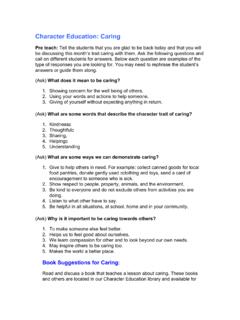

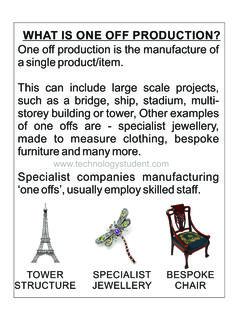
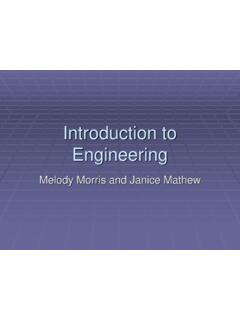

![5 7 6ÕQÕI øQJLOL]FH](/cache/preview/1/3/1/4/2/3/f/2/thumb-131423f29b35168645144ac66c4bdf9f.jpg)
